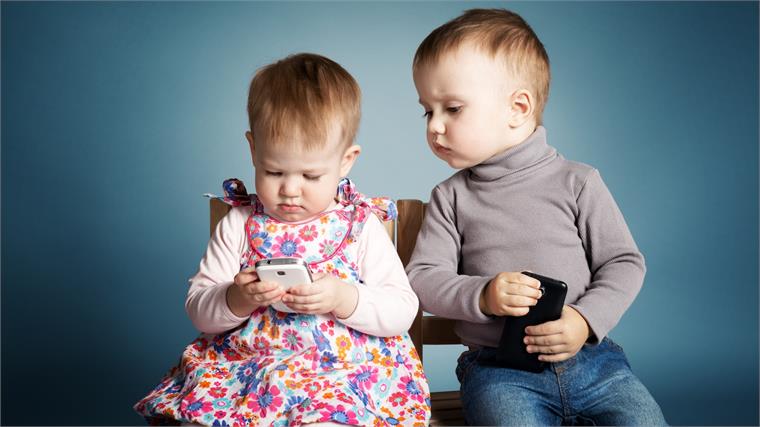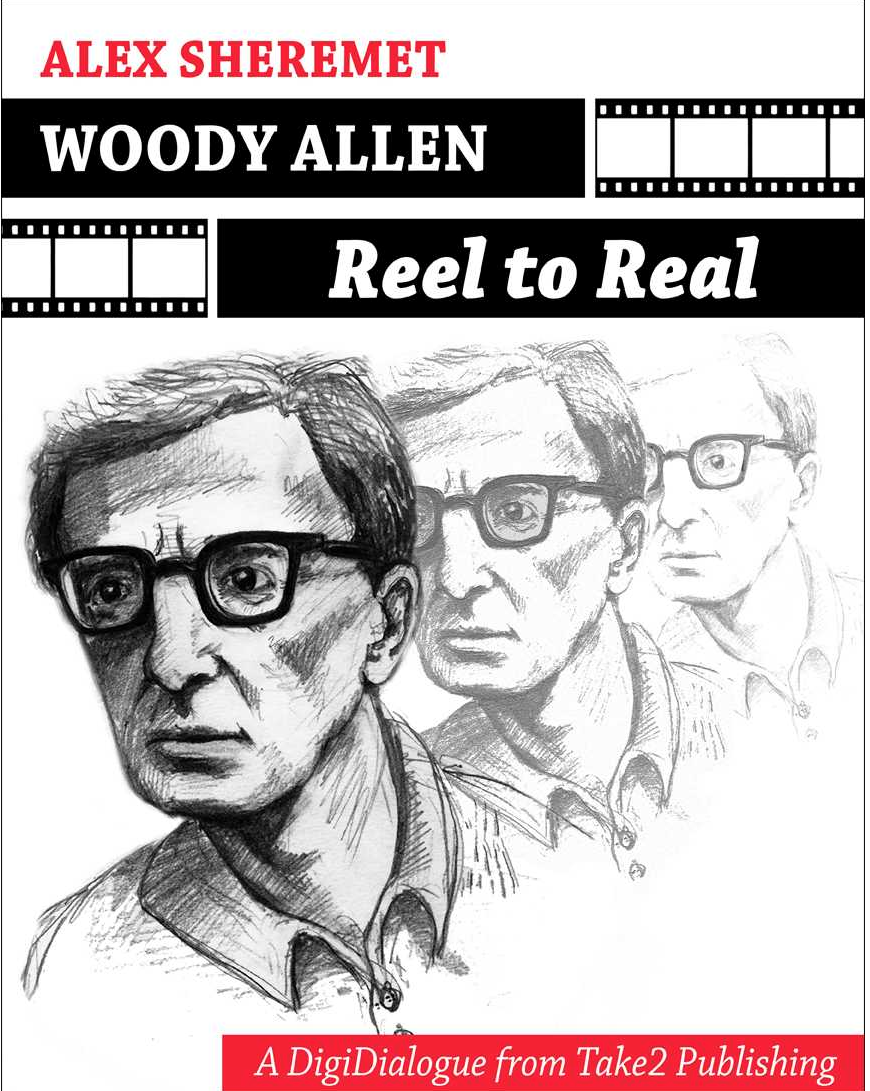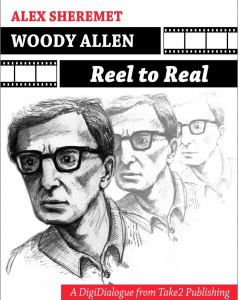What Screen Time Does to Developing Brains
Posted on September 2, 2015 at 3:55 pm

As kids go back to school, it’s a good time to establish some rules about screen time. My recommended rules are below. This is increasingly important as kids are surrounded by screens everywhere — and by adults who themselves have a problem staying away from their own phones and tablets. Psychology Today has a sobering article on the impact of electronic media on kids, making them “angry, depressed, and unmotivated” and causing attention problems. The author, Victoria Dunkley, explores these issues in more depth in her book, Reset Your Child’s Brain: A Four-Week Plan to End Meltdowns, Raise Grades, and Boost Social Skills by Reversing the Effects of Electronic Screen-Time.
The Movie Mom’s recommended rules for families:
- Screen time is a treat, not a right. It’s a good idea to make sure that it comes only after homework, chores, other kinds of play, and family time. Make sure there is some quiet time each day as well. The spirit is nourished by silence. All too often, we try to drown out our unsettled or lonely feelings in noise, instead of allowing them to resolve themselves. Just as important, the best and most meaningful family communication flourishes only in quiet.Plan with your child what he or she is going to watch. You might say something like, “We should have time for one hour of television today” or “Let’s pick something to watch on Sunday afternoon.” Then look at choices together or look through a movie guide to see the options and pick which ones you think are worthwhile. Try to avoid the “let’s see if there’s anything to watch” channel surf, which has a tendency to be numbing rather than engaging or relaxing. Distract the kids with crayons, books, or toys; not screens and digital media. Children spend more time with television and other media than they do in school or with their families — a full workweek of 35 hours a week or more. Most educators think that anything over two hours at that age takes too much time away from the important “work” of playing, learning to interact with others, learning to amuse themselves, and developing their imaginations.
- Turn the devices off when the program is over, unless there is something else you planned to watch on next. This discourages the idea that we “watch screens” instead of watching particular programs.
- Watch with the kids whenever possible, and comment on what you see. Encourage them to comment, too. “What do you think he will do next?” “She looks sad. I think they hurt her feelings.” “He’s having a hard time feeling good about himself, isn’t he?” “If you were that kid, what would you do?” “If someone said that to you, how would you feel?”
- Look for positive role models for girls. Children’s shows produced for commercial networks tend to ignore girls. Producers are asked for shows with “boy appeal,” because the numbers show that girls will watch shows produced for boys, but boys won’t watch shows produced for girls. There is a lot of what I call “the Smurfette syndrome,” a reference to the cartoon show that features 99 highly varied male characters and one girl character, whose sole and defining characteristic was that she was a female. Whether you have daughters or sons, help them to be sensitive to these concerns, asking questions like, “Do you think it’s fair that there are no girls on that team?” “How come only the boys get to go on that adventure?” and commenting positively on good female role models: “She’s brave!” “That’s what I call persistence!”
- Be alert for issues of race, religion, ethnicity, and class. The media tends to feature Dick and Jane, Ozzie and Harriet suburban families, where Dad works and Mom stays home and does housework and everyone is white and vaguely Christian. Non-whites are often portrayed condescendingly or stereotypically. Make sure your children know that there are many different kinds of families, races, and religions, and many different kinds of homes. Make an effort to be sure they see diverse families in what they watch.
- Set a good example. Don’t let the kids see you veg out in front of devices, aimlessly surfing. Don’t tell them not to talk to you so you can watch some sitcom. Do let them see you reading, and enjoying what you read.
- Don’t ever let anyone — parent, grandparent, sibling or friend — tell a child that a program or movie he or she wants to watch is “too babyish.” Respect children’s interest and affection for the shows they like, and their need to return to old comforts.
- Make sure that children understand the difference between programs and commercials. Saturday morning cartoon commercials are particularly troublesome, with a sort of hip-hop precocity that shows grade-school kids acting like hyperactive mini-teenagers.
- If you find that you have made a mistake and taken your children to a film that you find inappropriate, leave the theater. You can get your money back. And you communicate an important lesson to your children about your commitment to protecting them. The same is true, of course, for any media brought into the home.
- Do not be shy about setting television limits with babysitters, friends’ parents, or grandparents. Never leave your children with anyone without being clear about your rules.
- Be careful with tie-ins, especially cartoons based on movie characters. Just because a Saturday morning cartoon like “Spider-Man” or some fast food gizmo is geared for children does not mean that the associated movie is appropriate for them as well.
- Use movies as a starting point for developing interests. Go to the library to check out a book or video relating to what you have seen. Read the newspaper for stories relating to what you have seen. Make a craft project inspired by the show. (“Can you draw Mickey carrying the buckets of water?” “Let’s try to find where Indiana Jones went on a map.”)
- When in doubt, turn it off. Remember that there is no reason to watch any device unless you genuinely feel it is the best use of your child’s time.
- Every month or so, try a “screen diet” day without any devices at all, and use the extra time for special family activities.
- When an older sibling is watching media that is not appropriate for a younger child, make sure the younger child has an appealing alternative. It’s a good time for you to do something special together, even if it is just sorting laundry or setting the table.
- Establish strict limits on viewing, but try not to use limits as a punishment, unless the offense relates to media itself (watching without permission, for example) or time management (“If you don’t finish cleaning up by 3:00, you won’t have time to watch the movie.”) This reinforces the message that we make decisions about media based only on the merits of the shows.
- Let them know why you like (or don’t like) particular shows. Try not to say that something is “too old” for them, as this will just make them more interested in seeing what it is about. Sometimes it works better to say (truthfully) that it is “too stupid.” Compare it to food; some shows are like healthful food, some are like candy, some are like poison. Model good media behavior yourself. Don’t keep it on as background noise. Don’t watch anything you don’t want them to see if they are around (you’d be amazed — and appalled — at what a three-year-old can pick up).
- No devices in a child’s bedroom, unless he or she is sick in bed. It is not only isolating, but it makes establishing limits impossible.
- Never, never, never have media on during family meals. That is your most precious time to share the day’s experiences, challenges, and thoughts, and to let children know how important they are to you. The same goes for rides in the car, minivan, or RV.
- Watch what you enjoy and enjoy what you watch together. Make these among your most precious family connections and memories.



